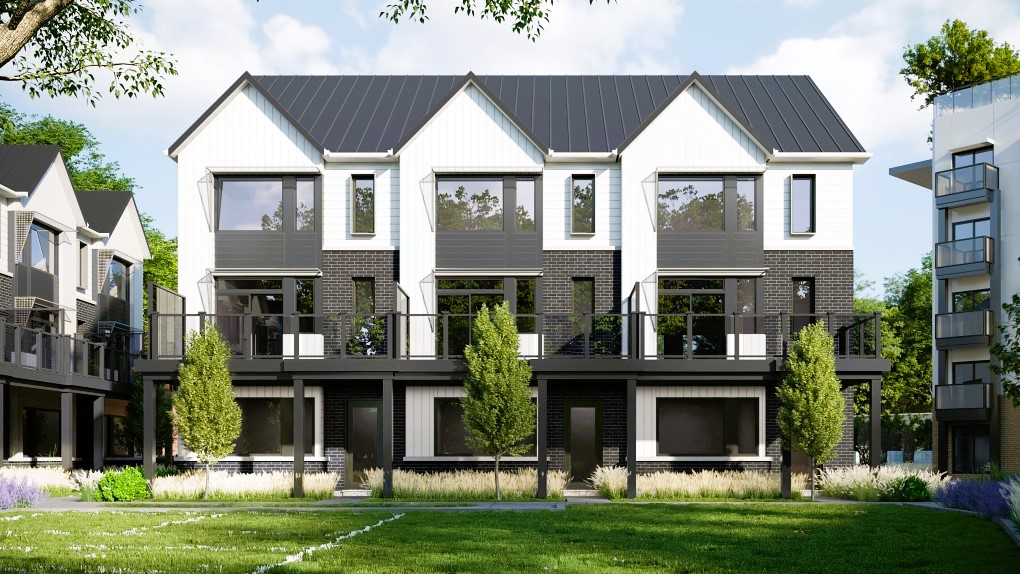As the world faces increasing environmental challenges, the importance of sustainable living and construction practices has never been more apparent. Canada, with its diverse climate and vast landscapes, presents both unique challenges and opportunities for sustainable home design and construction. In this article, we will explore sustainable homes in Canada, highlighting examples and solutions that demonstrate the country’s commitment to environmentally responsible living.
The Significance of Sustainable Homes
Sustainable homes, often referred to as “green homes” or “eco-friendly homes,” are designed and constructed with the goal of minimizing their environmental impact while maximizing energy efficiency and occupant comfort. The significance of sustainable homes in Canada can be seen in several key areas:
- Reducing Carbon Footprint: Sustainable homes aim to lower greenhouse gas emissions, contributing to Canada’s climate change mitigation efforts.
- Energy Efficiency: These homes are designed to use less energy, resulting in reduced utility bills and a decreased reliance on fossil fuels.
- Resource Conservation: Sustainable construction practices minimize the depletion of natural resources, such as timber and water.
- Improved Indoor Air Quality: Sustainable homes prioritize indoor air quality, promoting the health and well-being of occupants.
- Resilience to Climate Change: Sustainable design considers the impacts of climate change, ensuring homes are better equipped to withstand extreme weather events.
Examples of Sustainable Homes in Canada

1. Net-Zero Energy Homes
Net-zero energy homes generate as much energy as they consume over the course of a year. They achieve this through a combination of energy-efficient design, passive solar heating, and renewable energy sources such as solar panels.
2. Passive House Design
Link: Explore passive house design principles on Wikipedia.
Passive house design focuses on minimizing energy consumption by using high levels of insulation, airtight construction, and energy-recovery ventilation systems. These homes maintain a comfortable indoor temperature with minimal reliance on heating or cooling systems.
3. Sustainable Materials
Many sustainable homes in Canada are constructed using environmentally friendly materials such as reclaimed wood, recycled steel, and low-impact concrete. These materials reduce the carbon footprint of the construction process and promote resource conservation. Study local building codes in Canada, read more in our article.
4. Green Roof Technology
Green roofs, covered in vegetation, are gaining popularity in urban areas. They provide insulation, reduce stormwater runoff, and enhance urban biodiversity. Examples of green roofs can be found on residential buildings in cities like Toronto and Vancouver.
5. Off-Grid Living
Some homeowners in remote areas of Canada opt for off-grid sustainable homes. These homes rely on renewable energy sources, like wind and solar power, and often incorporate rainwater harvesting systems for water supply.
Sustainable Solutions for Canadian Homes
1. Energy-Efficient Appliances and Lighting
Investing in energy-efficient appliances and LED lighting can significantly reduce electricity consumption in Canadian homes.
2. Proper Insulation
A well-insulated home helps maintain a comfortable indoor temperature, reducing the need for heating and cooling. Adequate insulation in walls, attics, and basements is essential for energy efficiency.
3. Renewable Energy Sources

Homeowners can consider installing solar panels or small wind turbines to generate renewable energy on-site, reducing reliance on fossil fuels.
4. Water Conservation
Installing low-flow fixtures, fixing leaks promptly, and incorporating rainwater harvesting systems can significantly reduce water consumption in homes.
5. Smart Home Technology
Smart thermostats, lighting systems, and energy management apps allow homeowners to monitor and control their energy use more efficiently.
Conclusion
Sustainable homes in Canada exemplify the country’s commitment to environmentally responsible living and construction practices. From net-zero energy homes to passive house designs and the use of sustainable materials, these examples and solutions demonstrate how Canadian homeowners and builders are embracing a greener and more sustainable future. By adopting energy-efficient technologies and conservation measures, individuals and communities across Canada can contribute to a more sustainable and resilient built environment while reducing their environmental footprint.
